|
The Temple of Warriors at Chichen Itza, Mexico
¡Bienvenido! Welcome to the Mexico portal
Mexico (Spanish: México), officially the United Mexican States, is a country in the southern portion of North America. It is bordered to the north by the United States; to the south and west by the Pacific Ocean; to the southeast by Guatemala, Belize, and the Caribbean Sea; and to the east by the Gulf of Mexico. Mexico covers 1,972,550 km2 (761,610 sq mi), making it the world's 13th-largest country by area; with a population of almost 130 million, it is the 10th-most-populous country and has the most Spanish speakers. Mexico is organized as a federal republic comprising 31 states and Mexico City, its capital.
| ||||||||||
List of selected biographies |
|---|
In the news
- 29 December 2023 – Mexican drug war
- Six people are killed and 26 others are injured in a mass shooting at a party in Ciudad Obregón, Sonora, Mexico. The shooting's target, a cartel member, is among those killed. (AP)
- 28 December 2023 – Mexican drug war
- La Familia Michoacana drug cartel kidnap 14 people from Texcaltitlán, state of Mexico, in retaliation for a previous incident in which 10 cartel members were killed by residents of the town. (AP)
- 22 December 2023 –
- Former Ecuadorian vice president Jorge Glas requests asylum in Mexico. (Reuters)
- 17 December 2023 – Mexican drug war
- In Mexico, twelve people are killed during a mass shooting at a Christmas season party in Salvatierra, Guanajuato. Three others are killed and four injured at a bar in Tulum, Quintana Roo, while four people are killed in Salamanca, Guanajuato. (AP)
- 15 December 2023 –
- President Andrés Manuel López Obrador inaugurates the first part of the tourist Maya Train, that runs in a rough loop around the Yucatán Peninsula. The $20 billion, 950-mile line will connect beach resorts and archaeological sites. (AP)
- 12 December 2023 – Illegal immigration to Mexico
- Mexico’s immigration agency detains two buses carrying 102 migrants in the southern Mexican state of Oaxaca. The majority of the migrants came from the West African nations of Senegal and Guinea, as well as six from Djibouti, two from Congo and one from Mauritania. (AP)
Selected fare or cuisine -
List of fare/cuisine articles |
|---|
General images
Categories
Topics
Related portals
WikiProject
You are invited to participate in WikiProject Mexico, a WikiProject dedicated to developing and improving articles about Mexico.
Associated Wikimedia
More portals
-
 List of all portals
List of all portals -

-

-

-
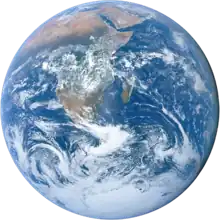
-

-

-

-

-

-
 Random portal
Random portal -
 WikiProject Portals
WikiProject Portals

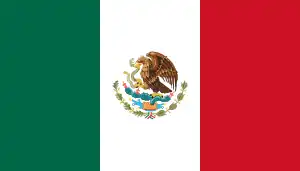
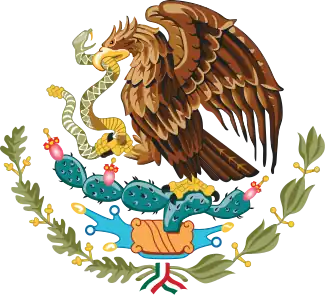
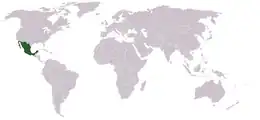





.jpg.webp)

.jpg.webp)
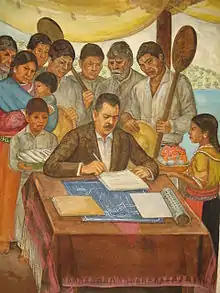
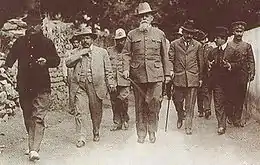
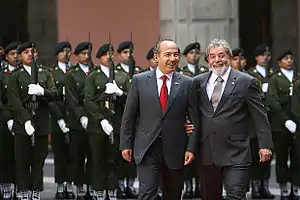
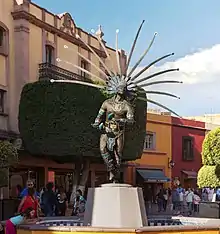


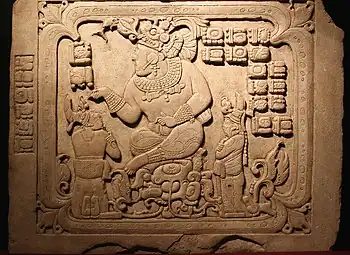
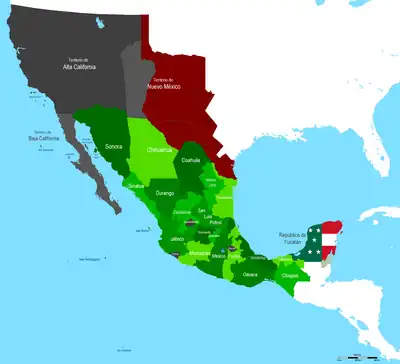
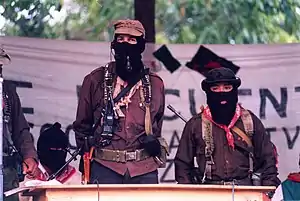
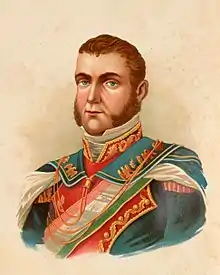
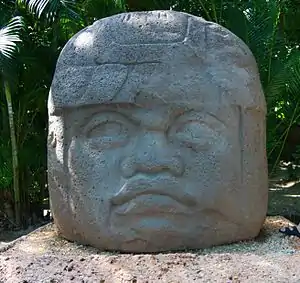


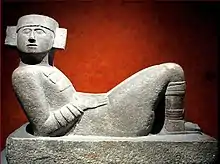
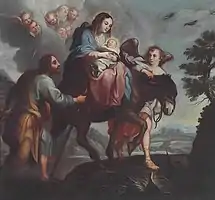
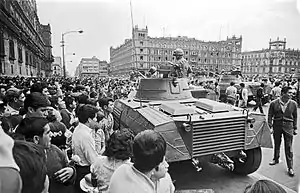
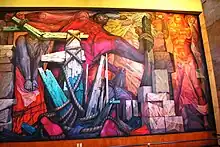
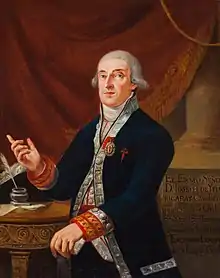
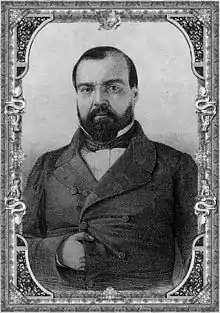
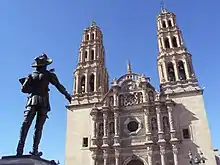
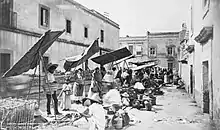
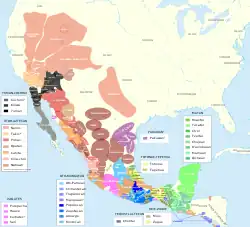


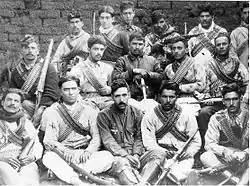
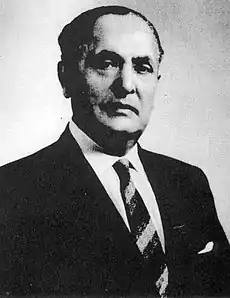
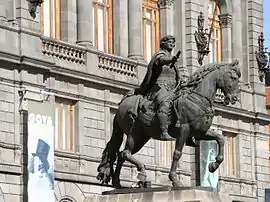
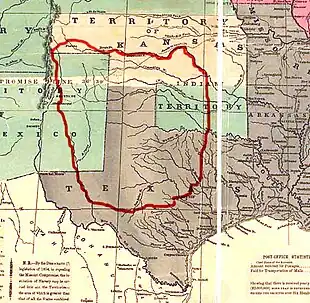



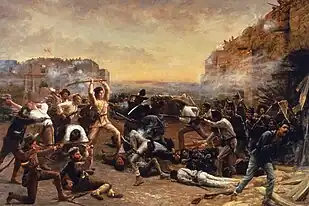
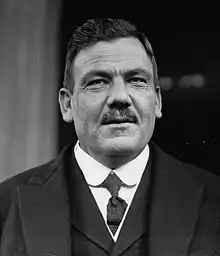
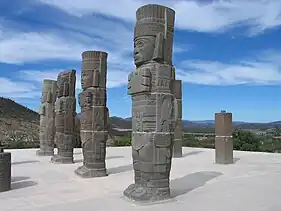
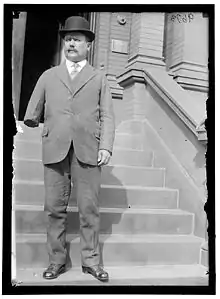

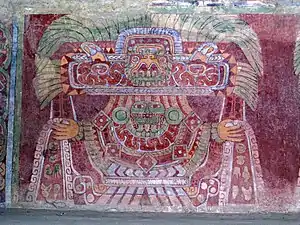
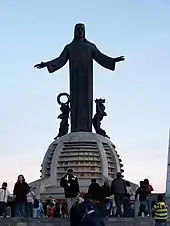



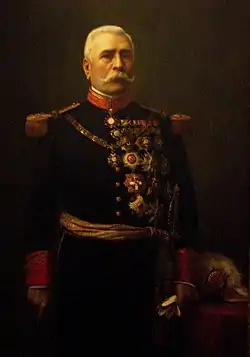
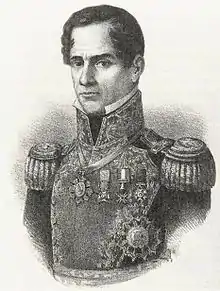
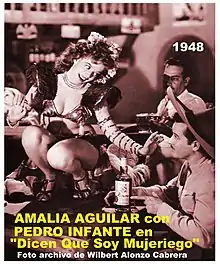
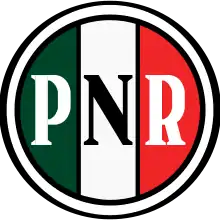
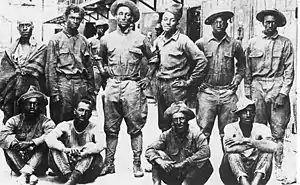

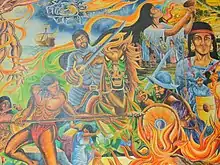
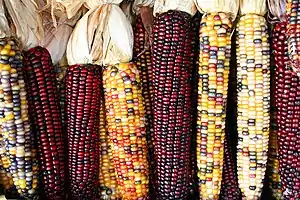
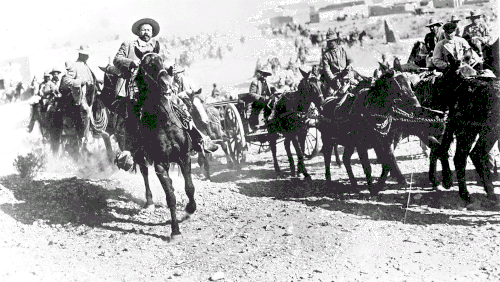

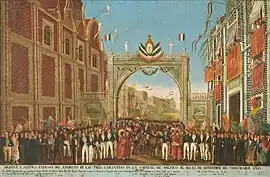
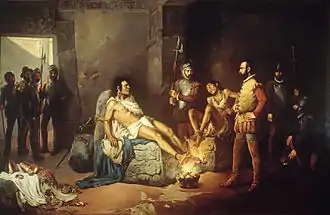
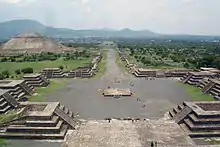

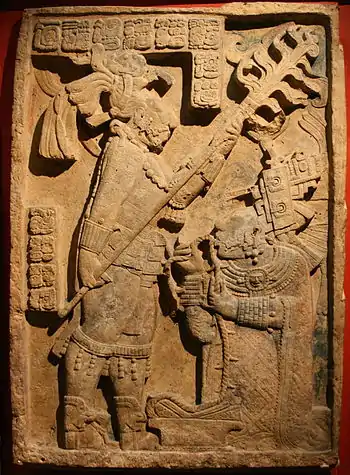
.jpg.webp)

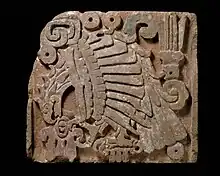
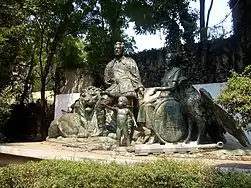
._Saturnino_Herr%C3%A1n._1910-1912.png.webp)

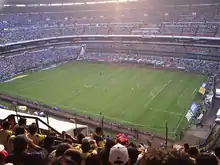
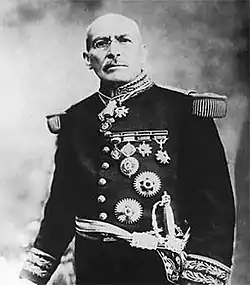

%252C_Carlos_Par%C3%ADs_(1820_-_1835).png.webp)